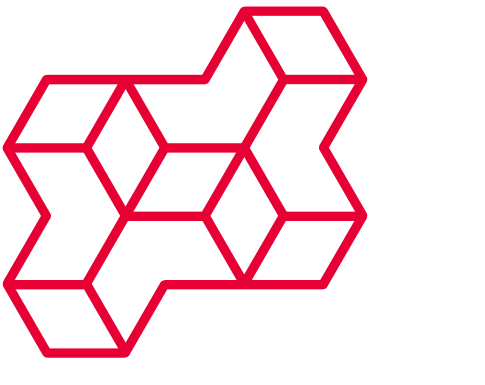The applied research project MaDiPath investigates the research and establishment of mass spectrometric methods, in this case MALDI Imaging, for digital pathology. The aim of the project is to develop methods that enable an objective, reproducible and automated basis for pathological tumour diagnostics and the personalised course and therapy planning based on this. An approach is used that builds on proteomically relevant and a priori identified patterns of breast and ovarian carcinomas. These tumours have great social and medical relevance: Breast cancer is the most common cancer in women in Germany. Although the number of new cases of ovarian cancer is declining, the recurrence rate is high and the chances of healing for women are low.
The aim of the ZeTeM sub-project is to develop an NMF method for determining characteristic spectral peptide patterns for use in classification and regression models for tumours from MALDI imaging data. In this project, a knowledge-based approach is taken into account in which spectral patterns for known tumour markers are modelled and used as a starting point for data-specific feature extraction (Targeted Feature Extraction).
On the mathematical research side, blind source separation with sparsity is of particular importance: blind source separation is a general method for separating data evolving from a superposition of different structures. This method is combined with sparsity approaches, i.e. among all possible superpositions that approximate the data sufficiently accurately, those solutions that get by with the fewest coefficients are preferred. In this way, structures with small amplitudes that are actually below the noise level of the measured data can still be reliably separated. Transferred to imaging mass spectrometry, the very complex individual spectra can thus be represented as a superposition of a few spectral basic patterns. There are now initial publications on this approach, which is to be realised numerically in the project using NMF methods with sparsity or LASSO algorithms, which prove its potential for pathology.



